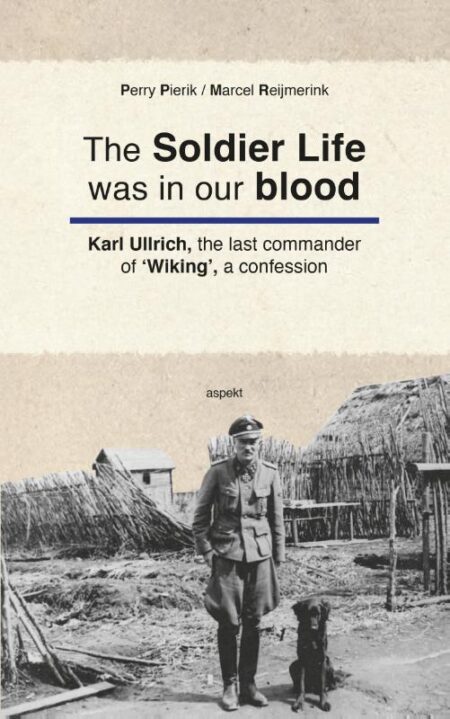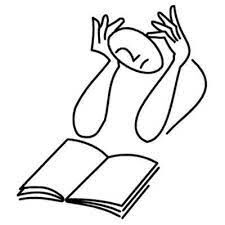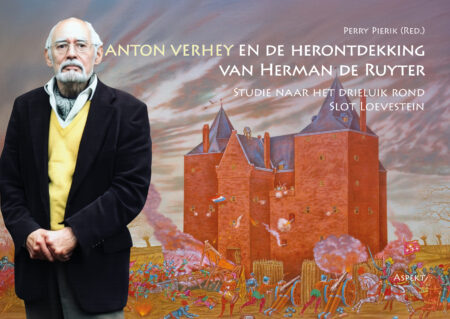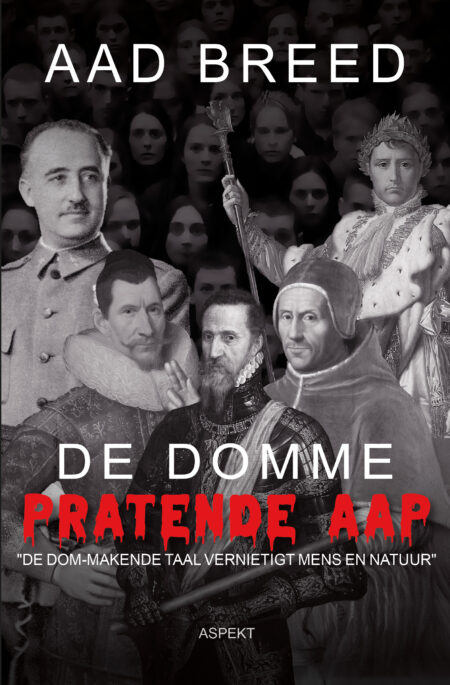-
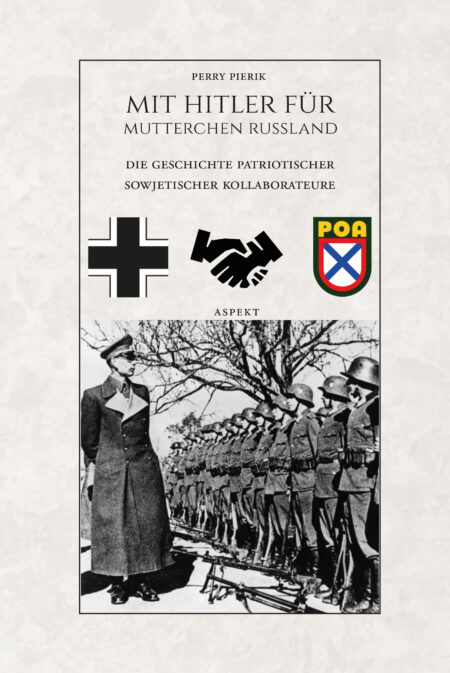
Mit Hitler für Mütterchen Russland
0€ 24,95Etwa 1 Million Bewohner der Sowjetunion kollaborierten mit den Nazis. Dies ist bemerkenswert, da die Nazis aufgrund ihrer Ras-senpolitik nicht wirklich als Verbündete ange-sehen werden konnten. Und doch geschah es, aufgrund der Abneigung gegen den Bolsche-wismus und der Hoffnung auf neue Freiheit.
-
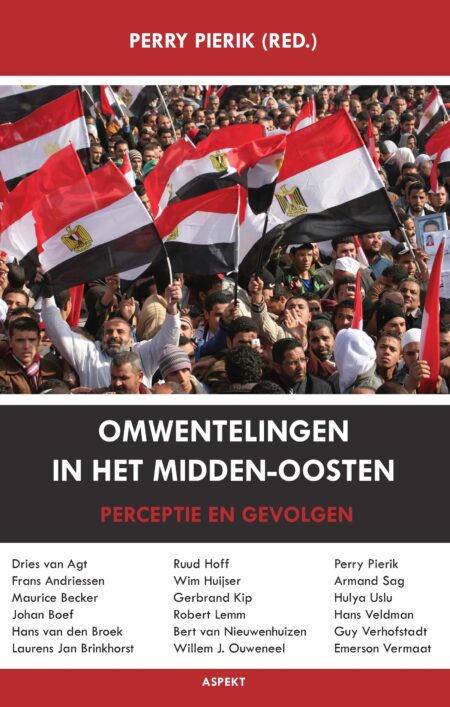
Omwentelingen in het Midden-Oosten
0€ 17,95Dit boek gaat over de perceptie van deze crisis vanuit het westen, want de omwentelingen die nu gaande zijn in het Midden-Oosten zullen een mondiaal effect hebben. Verschillende kenners laten hun licht schijnen op deze grote historische gebeurtenis.
-
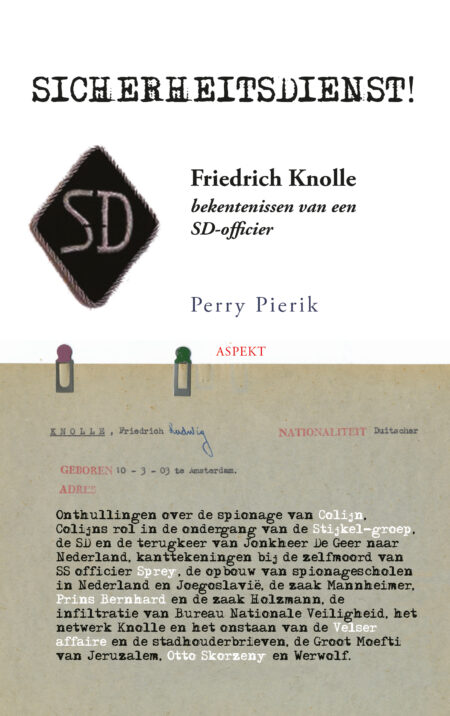
Sicherheitsdienst!
0€ 27,95Wat begon als de bestudering van een geluidsband met daarop de stem van SD-officier Friedrich Knolle, leidde tot het schrijven van dit schokkende en onthullende boek.
-
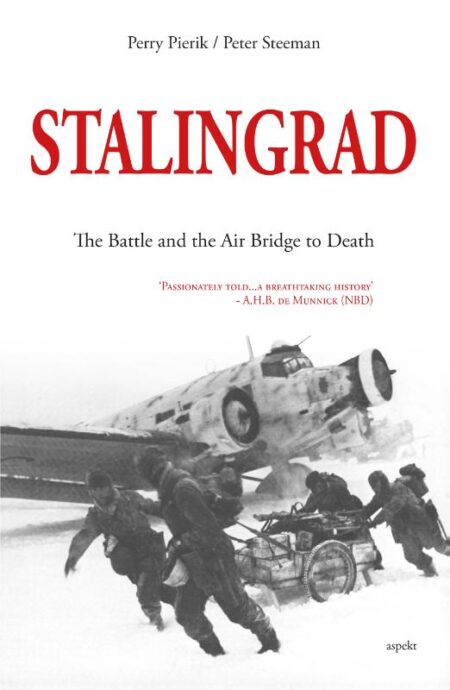
Stalingrad
0€ 24,95Besides the air bridge, the ground fighting is central to this book. It is surprising to see how Stalingrad was in fact the high point in a series of bloody military showdowns. Before the battle even started, the Red Army had already lost 1,1 million soldiers to this Southern part of the Eastern front.
-
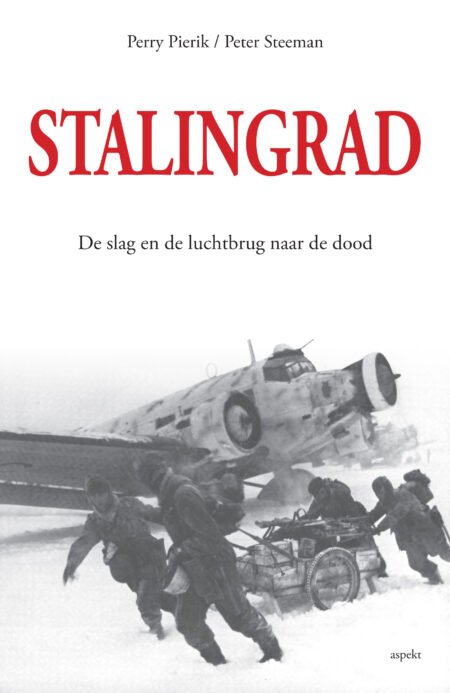
Stalingrad
0€ 29,95In dit werk staan naast de luchtbrug ook de gevechten op de grond centraal. De slag om Stalingrad was in feite het hoogtepunt van een reeks zeer bloedige krachtmetingen. Alleen al in de aanloop naar de slag verloor het Rode Leger 1,1 miljoen soldaten aan dit zuidelijke deel van het oostfront.
-

Storm aan de Düna
0€ 16,95In de zomer van 1941 startte bij verrassing operatie ‘Barbarossa’, de Duitse aanval op de Sovjet-Unie. Enorme legers traden aan voor de grootste veldtocht ooit. Stalins legers stonden erg westelijk opgesteld en dit bood omsingelingskansen voor het Duitse leger. Hierdoor kon de oorlog mogelijk in een vroeg stadium beslist worden.
Ook in het gebied van de legergroep Noord (Heeresgruppe Nord) kwam het er op aan snel in de diepte aan te vallen en het Rode Leger voor de rivier de Düna te vernietigen.
-
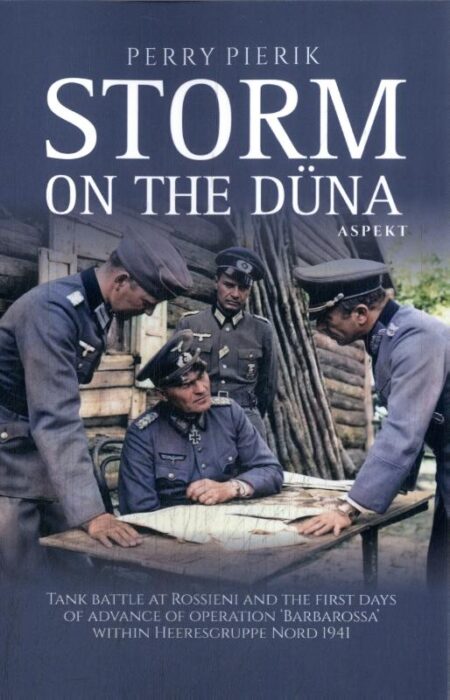
Storm on the Düna
0€ 16,95In the summer of 1941, the German attack on the Soviet Union, code-named Operation Barbarossa, began with a surprise attack. Huge armies mobilised for the largest campaign ever.
Stalin’s armies were positioned very west of the German army, which offered the opportunity to encircle them. This could have decided the war at an early stage.
The army group north (Heeresgruppe Nord) also had to attack quickly in depth and destroy the Red Army before the river Düna. It would turn out differently. The race to the river and the establishment of bridgeheads met with stubborn resistance. The first major tank battle on the eastern front took place at Rossieni. The Soviets were defeated and the Red Army reached the river, but there was no question of an overall collapse. Large encirclements, which did occur elsewhere, did not take place here. This was the first fatal chapter in what would culminate in the dramatic siege of Leningrad.
-
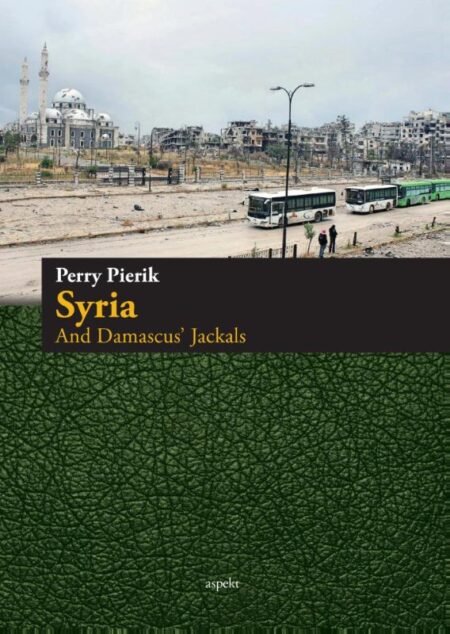
Syria
0€ 12,95The world is watching from afar and questions what to do or what side to choose. In the meantime the refugee problem is getting worse.
This book will take the reader to where it is all taking place.
-
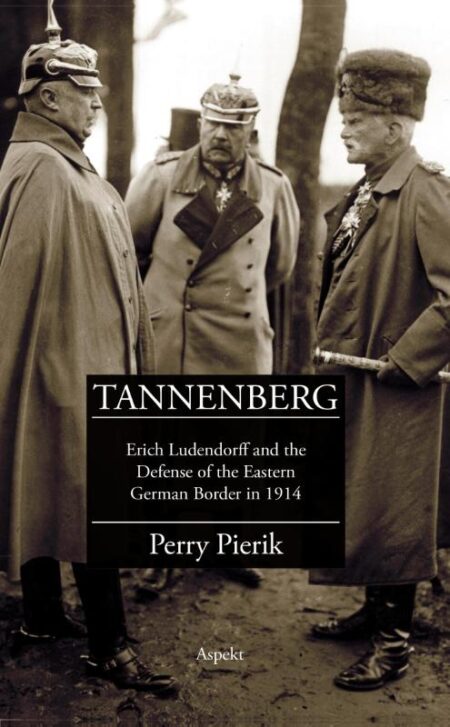
Tannenberg
0€ 19,95Tannenberg; looking back, this town and battle symbolise an atypical episode in the First World War: the war of movement. In reality the war quickly turned into a trench war, such as we knew it in the West. With the battle at Tannenberg and the ones that followed, which all had a quite positive outcome for Germany, Ludendorff had left his mark. is untimately brought the duo Von Hindenburg – Ludendorff to the absolute military top of Germany. As from 1917 they, together with the emperor, dictated the course of the war. Ludendorff left such a heavy mark
on everything that people also referred to it as ‘Ludendor ’s dictatorship’. Not only did he interfere in military matters, but also in politics, the war economy, propaganda, and he played a decisive role in major war decisions in other areas, such as diplomacy and the submarine war. In the end the war became identified with Ludendorff , who had to step aside when the
unavoidable defeat came in 1918. is was a bitter disappointment for Ludendorff . -
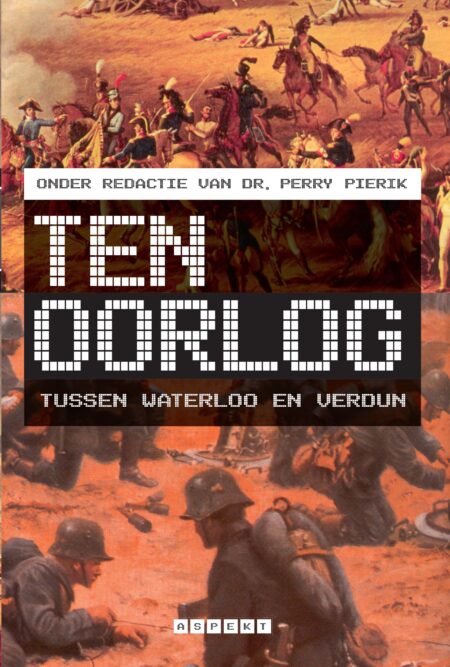
Ten oorlog
0€ 34,95In ‘Ten oorlog: Tussen Waterloo en Verdun’ staat de geschiedenis van oorlog centraal, vanaf het ontstaan van de eerste moderne natiestaten na de Franse Revolutie tot en met de loopgravenoorlog van 1918. Wie de bijdragen van de verschillende auteurs leest, begrijpt dat de oorlog in zijn steeds modernere vorm een prima opmaat was voor de destructieve tweede helft van de 20e eeuw.
-
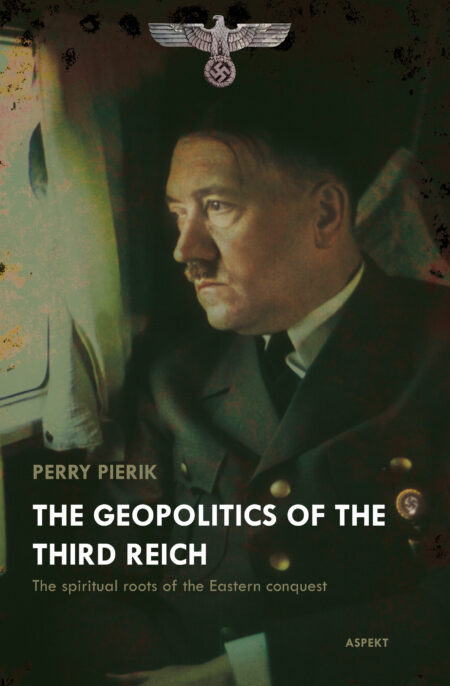
The Geopolitics of the Third Reich
0€ 29,95Besides the persecution and annihilation of the Jewish community, the quest for Lebensraum was a pillar of the Nazi’s ideology. The march east, operation ‘Barbarossa’ (1941), was essentially the final part of the geopolitics of the Third Reich. Historian Pierik takes readers into the world of ideas behind these politics, where cold blooded, rational elements go hand in hand with myths and radical beliefs.
-
